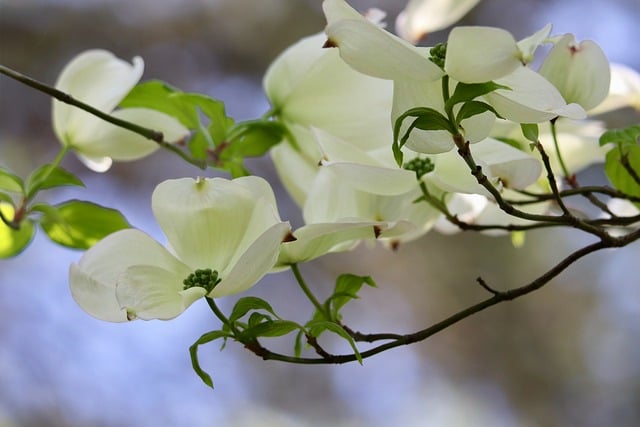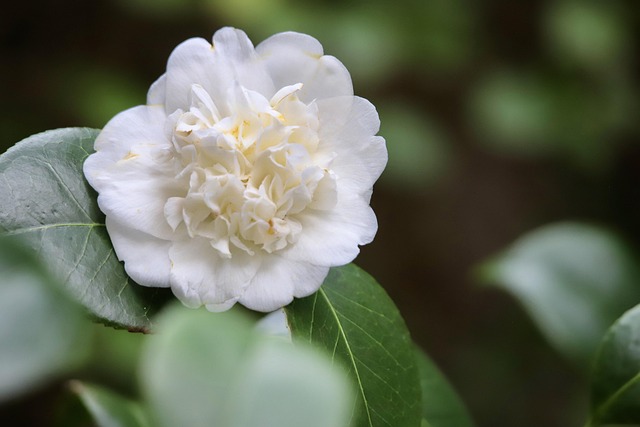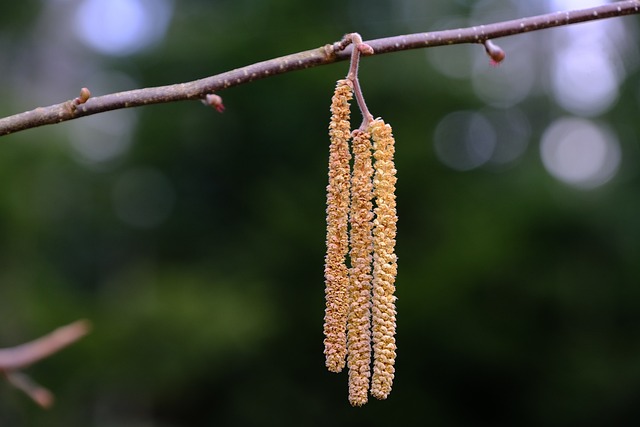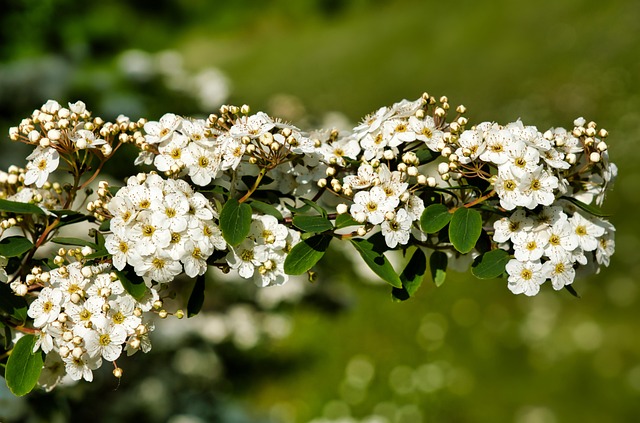Understanding landscape health is crucial before initiating any pruning project, focusing on soil conditions, water availability, sunlight exposure, and nutrient levels. Skilled practitioners tailor pruning techniques to encourage optimal growth, improve plant structure, enhance air circulation, and facilitate better sunlight penetration. Professional pruning services offer specialized knowledge, removing unhealthy limbs, stimulating new growth, and improving landscape aesthetics, thereby mitigating pest and disease risks. Homeowners should monitor plants for overgrowth, damage, or reduced productivity, timing pruning efforts during late winter/early spring, eliminating dead/diseased branches first, and focusing on safe, effective techniques to promote long-term plant health and beauty through "pruning for growth."
Promoting landscape health through professional pruning is an art that fosters both aesthetic beauty and ecological balance. Understanding landscape health serves as the cornerstone for effective pruning, enabling optimal plant growth and environmental sustainability. This article delves into the multifaceted benefits of professional pruning services, equips you to identify when your landscape needs trimming, outlines best practices for successful pruning, and guides you in selecting experts committed to sustainable landscape care—all crucial steps in harnessing pruning for growth.
- Understanding Landscape Health: The Foundation for Pruning
- Benefits of Professional Pruning Services
- Identifying When Your Landscape Needs Pruning
- Best Practices for Effective Pruning
- Choosing the Right Professionals for Sustainable Landscape Care
Understanding Landscape Health: The Foundation for Pruning

Understanding landscape health is crucial before embarking on any pruning endeavor, as it forms the foundation for effective and beneficial pruning practices. Landscape health encompasses the overall vitality and well-being of plants, trees, and shrubs within a given area. This includes factors such as soil condition, water availability, sunlight exposure, and nutrient levels. By assessing these aspects, landscape professionals can identify potential issues and tailor their pruning techniques to encourage optimal growth.
Pruning for growth is not just about removing dead or diseased branches; it’s a strategic process that promotes the overall health and aesthetics of landscapes. Skilled practitioners understand that proper pruning stimulates new growth, improves plant structure, enhances air circulation, and facilitates better sunlight penetration. These practices create a vibrant, balanced, and healthy landscape—a true testament to the power of pruning in fostering environmental beauty and ecological harmony.
Benefits of Professional Pruning Services

Professional pruning services offer a multitude of benefits that go beyond simply trimming branches. These experts have the knowledge and experience to understand the unique needs of different plant species, ensuring that each tree or shrub is pruned correctly for optimal health and growth. By employing precise techniques, they can remove dead, diseased, or damaged limbs, encouraging new growth and enhancing the overall appearance of your landscape.
Moreover, professional pruning promotes better air circulation and sunlight penetration within the canopy, reducing the risk of pest and disease outbreaks. This meticulous practice also helps to shape the plant, improving its structural integrity and making it better equipped to withstand harsh weather conditions. In essence, investing in these services is a strategic move towards fostering robust, vibrant landscapes that thrive over time, all while aligning with the goal of pruning for growth.
Identifying When Your Landscape Needs Pruning

Many homeowners often wonder, “When is my landscape in need of pruning?” Understanding this is crucial for promoting your yard’s health and encouraging optimal growth. Pruning isn’t just about tidying up; it’s a strategic practice that helps shape your plants’ structure, control their size, and enhance overall well-being.
The need for pruning can arise from various signs. Overgrown branches that intersect or rub against each other can cause damage and create entry points for pests and diseases. Dead or diseased branches should be removed promptly to prevent the spread of infections. Additionally, if you notice a lack of blooming or fruit production, pruning might be the solution, as it can stimulate new growth and encourage these processes. Regular monitoring will help you identify when your landscape is crying out for professional pruning services, ensuring your plants thrive through this essential process.
Best Practices for Effective Pruning

Pruning is an essential practice for promoting landscape health and encouraging robust growth. When done correctly, it can enhance the beauty of your garden and ensure the long-term well-being of plants. Here are some best practices to make your pruning efforts effective:
Start by identifying the right time to prune, as different plant species have distinct requirements. Late winter or early spring is often ideal for most shrubs and trees, as it allows them to heal before new growth begins. Avoid pruning during active growth periods, as this can stress the plants. Inspect plants carefully to determine which branches require removal. Remove any dead, diseased, or damaged branches first, cutting back to healthy wood. For shape and growth promotion, focus on removing crossing or rubbing branches, and thinning out crowded areas to improve air circulation and light penetration. Remember, pruning should be done with precision; make clean cuts just outside the branch collar to minimize damage and promote healing.
Choosing the Right Professionals for Sustainable Landscape Care

When it comes to promoting landscape health through professional pruning, selecting the right experts is paramount for sustainable care. Look for a team with extensive experience and knowledge in various pruning techniques tailored to different plant species and landscapes. Certified arborists are ideal choices as they undergo rigorous training in tree and plant healthcare, ensuring safe and effective pruning practices that foster growth rather than harm.
Their expertise includes identifying the optimal time for pruning, selecting the right tools, and employing techniques like thinning, heading, or tipping to enhance air circulation, light penetration, and overall plant vigor. By choosing professionals who prioritize sustainable landscape care through pruning for growth, you contribute to the long-term health and beauty of your outdoor spaces.
Promoting landscape health through professional pruning is a sustainable approach that fosters plant vigor and aesthetics. By understanding the foundational principles of landscape health, recognizing the benefits of expert services, and adopting best practices, homeowners can effectively care for their outdoor spaces. Choosing qualified professionals ensures a tailored, eco-friendly strategy for optimal growth, enhancing both the beauty and longevity of your landscape.
